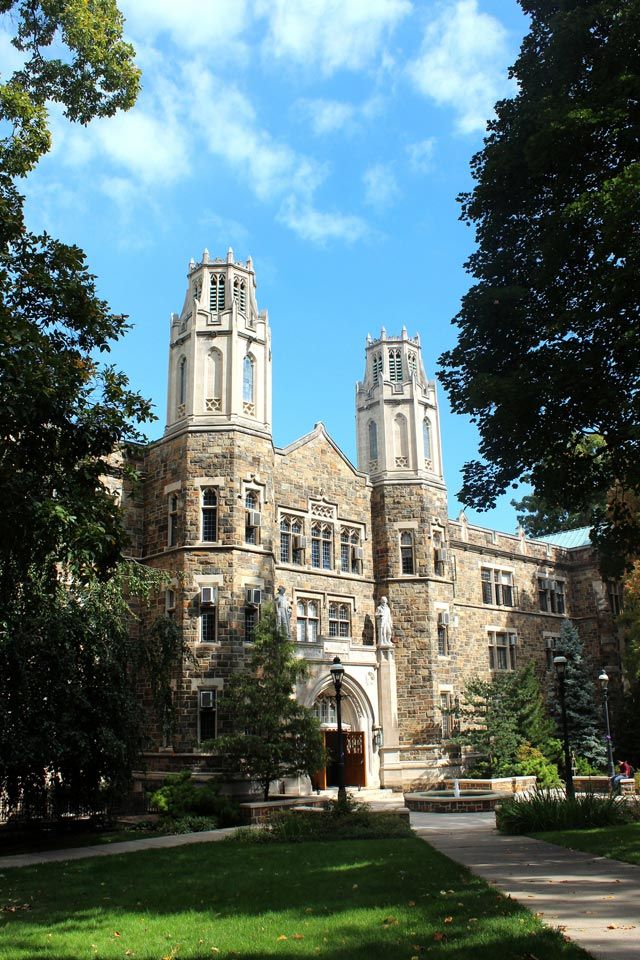Welcome to the ninth issue of Resolve, a magazine dedicated to research and educational innovation in the P.C. Rossin College of Engineering and Applied Science at Lehigh University.
This issue of the magazine focuses on research and education at Lehigh that support infrastructure systems. The term infrastructure has become synonymous with civil infrastructure. Yet civil infrastructure is merely one of the many inextricably linked systems that are required for society to function.
Modern infrastructure also includes the systems that generate and distribute energy, those that support transportation, communications and networking, and those that enable the provision of healthcare and essential social services. Recent events in Japan have underscored the far-reaching influence of modern infrastructure by showing how a major disruption in one system can have a catastrophic effect on the whole.
The interconnectedness of infrastructure systems calls for multifaceted solutions. One emerging research theme at Lehigh is a smarter, greener, more sustainable approach to infrastructure. Lehigh has world-renowned capabilities not only in structural engineering and materials science, but also in energy systems, communications, advanced computing, systems engineering, and environmental science and engineering. These enable us to design and develop sustainable infrastructure systems in a holistic way.
Lehigh has historically championed comprehensive solutions to complex problems, as you will see in this issue of Resolve. John W. Fisher, the subject of the Q&A feature, founded Lehigh’s internationally recognized ATLSS Center a quarter-century ago in part to enable structural, materials and mechanical engineers, and computer scientists, to collaborate on fatigue-resistant structures. Electrical engineering faculty are working with systems engineers and computer scientists to develop a “smart grid” that saves energy while cutting carbon emissions.
Wireless systems are common to much of our infrastructure research. Geotechnical engineers and computer scientists are developing and testing networks of sensors that monitor groundwater contaminants, pavement cracks and other “geo-events” that affect the built infrastructure. Electrical engineers are fashioning multichannel sensors that, when integrated with carbon nanotubes, will enable cell phones to detect chemical leaks.
Meanwhile, in the area of digital communications, electrical engineers are developing erasure codes that make digital data storage less redundant and more energy-efficient.
Infrastructure research at Lehigh is also emphasized in innovative educational programs. Our professional master’s program in structural engineering leverages strong partnerships with major architectural and construction firms to train next-generation leaders in advanced infrastructure systems. Immersed in issues at the cutting-edge of the field, students gain technical experience in project management and operations. The success of our early graduates in this program attests to the need for interdisciplinary thinking.
I hope you enjoy this issue of Resolve. Please drop me a note to share your thoughts and comments.
S. David Wu, Dean and Iacocca Professor
P.C. Rossin College of Engineering and Applied Science

